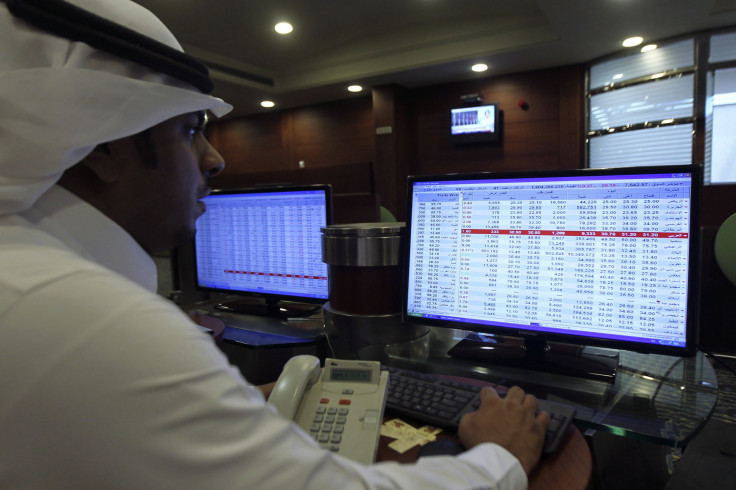Is A Debt Problem Brewing In Saudi Arabia?

The rapid expansion of credit in Saudi Arabia is beginning to look like a cause for concern, warns Jason Tuvey of Capital Economics. If sustained, it could be followed by a rise in bad loans.
Saudi Arabia’s private sector credit-to-GDP ratio currently stands at 39 percent -- the lowest among the six Arab monarchies along the Persian Gulf. But the danger lies not in the stock of credit, but the pace at which it is rising relative to GDP.
“A rapidly rising credit ratio would indicate that credit is being used inefficiently, whereas a more gradual increase in the credit ratio would suggest that it is being put towards more productive uses,” Tuvey said in a note.
Since 1990, no emerging country which has seen its private sector credit-to-GDP ratio rise by 30 percentage points or more in a decade has subsequently avoided a banking crisis. While Saudi Arabia is still some way off this mark – its credit ratio has risen by a more modest 15 points over the past decade – the trend is worrisome. Saudi Arabia’s credit-to-GDP ratio has risen by about four percentage points of GDP over just the past year.
Tuvey noted that historically, rises in credit-to-GDP of more than 3 percentage points a year have been a good indicator of future financial stress in emerging markets. “Therefore, if credit were to continue rising at this pace, it could lead to problems further down the line,” he said.
The good news is that Saudi banks are healthy enough to withstand a deterioration in their loan books. Non-performing loans at Saudi banks currently make up less than 2 percent of total loans – one of the lowest portions in the Gulf. Moreover, Saudi banks have set aside large provisions to cover soured loans.
Even if Saudi Arabia were to experience a substantial rise in bad loans, a banking crisis is highly unlikely, Tuvey said, pointing to the government’s ability to recapitalize banks if needed. Foreign currency assets held at SAMA, the central bank, are equivalent to around 100 percent of GDP.
That said, a banking crisis would still cause liquidity to dry up and hinder economic growth.
Saudi Arabia’s quarterly GDP data tend to be released with a considerable lag. Third-quarter GDP data aren’t scheduled to be released until the first half of December. Barring a banking crisis, Capital Economics projects continued economic rebound in the third quarter for Saudi Arabia, with output rising by around 5 percent year-over-year.
This would represent a sharp pickup from growth of 2.4 percent year-over-year during the first half of the year, although it is still a touch weaker than the country’s growth over the past decade.
Saudi Arabia will probably expand by 3.5 percent this year, and accelerate to a rate of 4.0 percent in 2014.
© Copyright IBTimes 2024. All rights reserved.






















